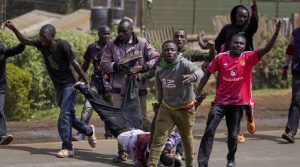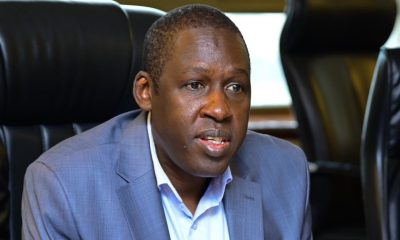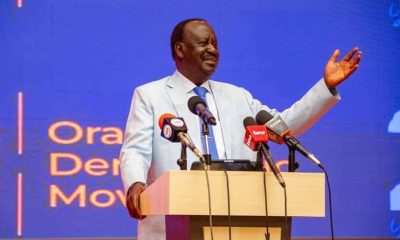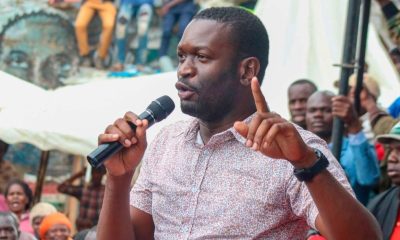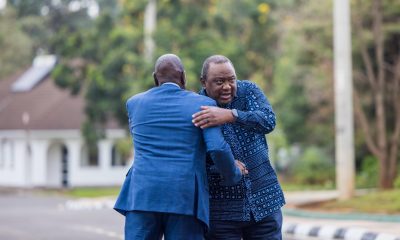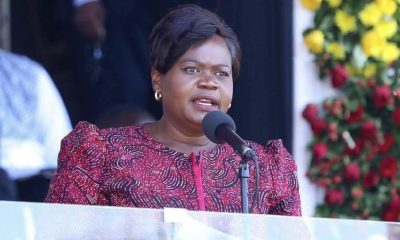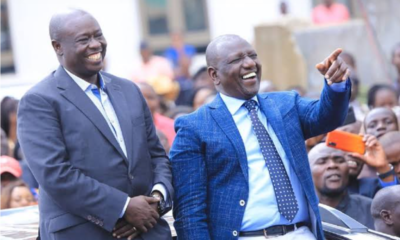Politics
Inside Raila’s 1,880 Member Intergenerational Conclave To Begin in August
Odinga’s proposal comes against the backdrop of sustained youth-led demonstrations that have rocked Kenya since late June.
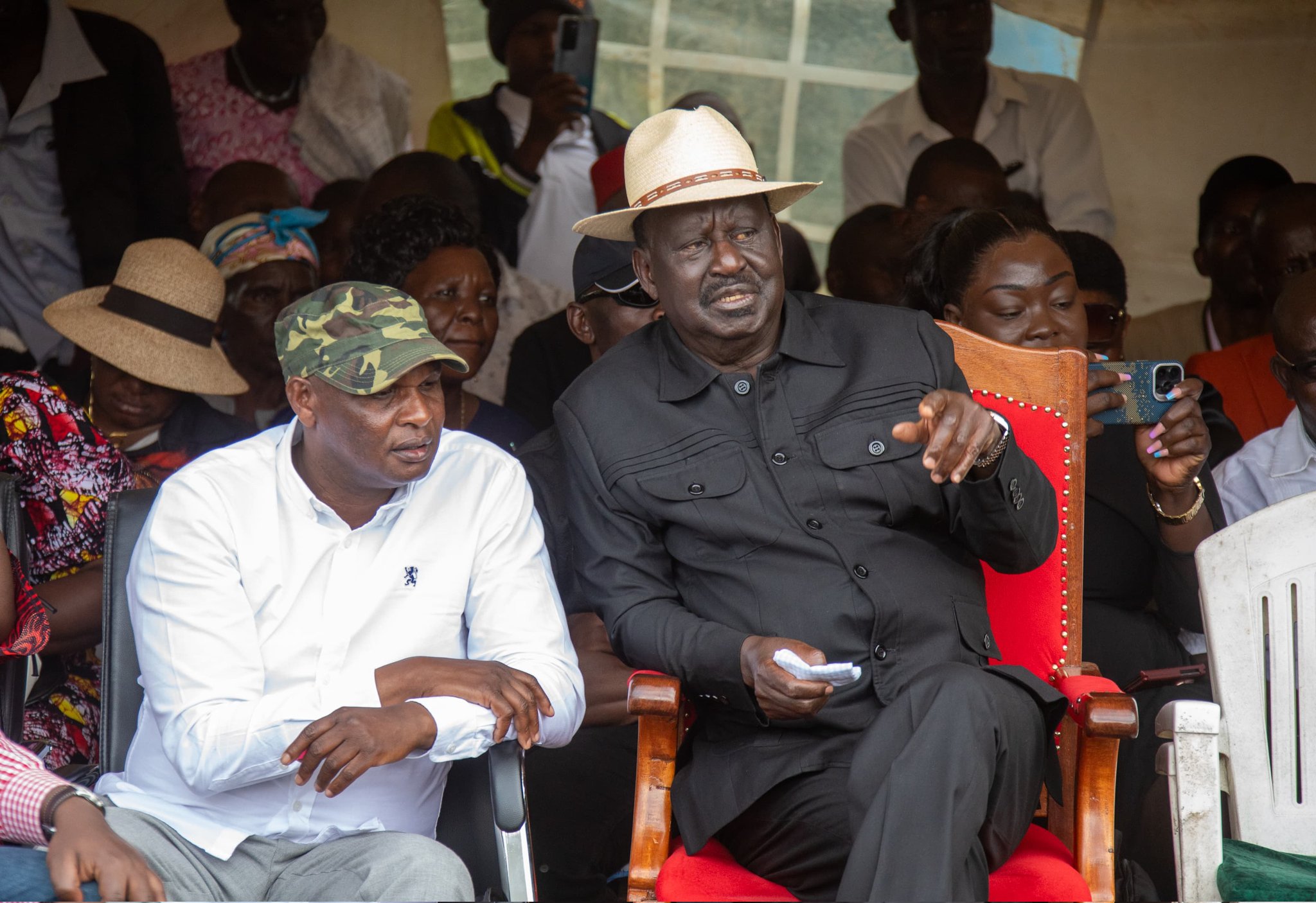
Former Prime Minister proposes massive national dialogue forum as Kenya grapples with youth protests and constitutional reform demands
BOMET – Opposition leader Raila Odinga has unveiled an ambitious plan for a 1,880-member national dialogue forum set to commence in August, positioning it as Kenya’s pathway out of mounting political and social tensions that have gripped the nation in recent weeks.
Speaking at a funeral service in Kapkimolwo, Bomet East constituency, the ODM party leader outlined his vision for what he termed an “intergenerational conclave” that would bring together voices from across Kenya’s diverse demographic and geographic landscape.
Under Odinga’s proposal, each of Kenya’s 47 counties would nominate 40 representatives, creating a massive 1,880-member assembly.
The composition would be deliberately inclusive: 20 young people from each county, with the remaining 20 slots reserved for elders, women, people with disabilities, farmers, business owners, and civil society members.
“This should not just be intergenerational—it must be representative of Kenya’s full diversity,” Odinga emphasized, building on his earlier announcement during the Saba Saba commemorations.
The scale of the proposed forum is unprecedented in Kenya’s recent political history, dwarfing previous national dialogue initiatives and reflecting the gravity with which Odinga views the current crisis.
Central to Odinga’s vision is a comprehensive review of the 2010 Constitution.
The veteran politician, who has championed constitutional change throughout his career, argues that 15 years of devolution have exposed critical gaps that need addressing.
“We should review the Constitution and address the gaps that have come to the fore in the era of devolution in the country,” he stated, suggesting that structural changes rather than personnel changes hold the key to Kenya’s challenges.
The proposed conclave would tackle what Odinga described as “irreducible reforms” covering police brutality, judicial inefficiency, corruption, and youth unemployment—issues that have driven thousands of young Kenyans to the streets in recent protests.
Odinga’s proposal comes against the backdrop of sustained youth-led demonstrations that have rocked Kenya since late June.
Unlike many political leaders who have dismissed the protests, Odinga has validated the young people’s concerns.
“We must listen to these young people. They are not protesting for nothing. These are our children. Their frustrations are legitimate and must not be ignored,” he said, positioning himself as an advocate for youth grievances.
The decision to reserve 50 percent of the conclave’s slots for young people represents a significant departure from traditional political forums, which typically marginalize youth voices despite their numerical strength in Kenya’s population.
Beyond ‘Ruto Must Go’
In a calculated political move, Odinga distanced himself from calls for President William Ruto’s ouster, arguing that the country’s problems run deeper than individual leadership failures.
“Ruto must go is not a solution. Even if you put Gachagua there, nothing will change unless we address the root causes,” he told mourners, referring to former Deputy President Rigathi Gachagua.
This position allows Odinga to present himself as a statesman focused on systemic solutions rather than opportunistic political gain, potentially appealing to Kenyans exhausted by partisan politics.
The former Prime Minister used the platform to launch a scathing attack on what he termed efforts to entrench tribalism, specifically targeting Gachagua’s recent political messaging.
“Kenya belongs to all of us, and no community, tribe, or group of people has more right than others to live and work in this country or take charge of leadership,” Odinga declared, reinforcing his pan-Kenyan credentials.
His statement—“Kenya is for every Kenyan—Luo, Kikuyu, Somali, Kalenjin, Mijikenda, Maasai. No one owns this country”—was clearly designed to counter ethnic mobilization tactics that have characterized recent political discourse.
Perhaps most significantly, Odinga has proposed that the conclave’s resolutions should be subjected to a public referendum, giving Kenyans the final say on proposed reforms.
This approach echoes the 2010 constitutional referendum process and could provide legitimacy to any outcomes.
The referendum route also positions Odinga as a democrat committed to popular participation, contrasting with top-down political processes that have characterized much of Kenya’s recent governance.
Odinga used the occasion to strongly criticize President Ruto’s shoot-to-kill and shoot-to-immobilize orders against protesters, calling them “illegal and uncalled for.”
“Police should simply arrest and prosecute those who have taken advantage of the demonstrations to commit criminal activities. Shooting them should not arise,” he stated, positioning himself as a defender of constitutional rights.
The success of Odinga’s proposed conclave will depend on several factors: buy-in from county governments, participation from diverse groups, and ultimately, government cooperation.
The August timeline is ambitious, requiring rapid mobilization and organization across all 47 counties.
The proposal also raises questions about funding, logistics, and the ultimate authority of the conclave’s decisions.
Without government backing, the forum risks becoming another opposition-led initiative with limited implementation power.
For Odinga, the conclave represents both opportunity and risk.
Success could cement his position as a national leader capable of bringing Kenyans together beyond partisan divides.
Failure, however, could expose the limitations of his influence and the hollowness of dialogue-based solutions.
The timing is politically astute, coming as youth protests maintain momentum and government responses appear increasingly heavy-handed.
By offering a structured alternative to street demonstrations, Odinga positions himself as both revolutionary and statesman.
As Kenya approaches the 2027 elections, the success or failure of this intergenerational conclave could significantly influence the political landscape.
For now, it represents the opposition’s most concrete proposal for addressing the nation’s deepening crisis through peaceful, inclusive dialogue.
Kenya Insights allows guest blogging, if you want to be published on Kenya’s most authoritative and accurate blog, have an expose, news TIPS, story angles, human interest stories, drop us an email on [email protected] or via Telegram
-
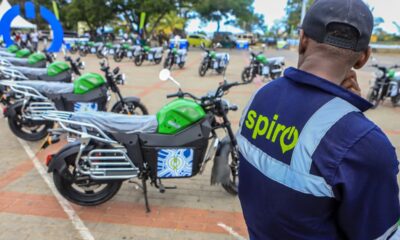
 Business5 days ago
Business5 days ago‘They’re Criminals,’ Popular Radio Presenter Rapcha The Sayantist Accuses Electric Bike Firm Spiro of Fraudulent Practices
-
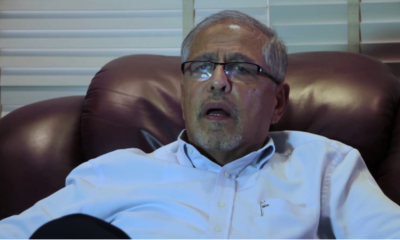
 News1 week ago
News1 week agoTemporary Reprieve As Mohamed Jaffer Wins Mombasa Land Compensation Despite Losing LPG Monopoly and Bitter Fallout With Johos
-

 Sports1 week ago
Sports1 week ago1Win Games 2025: Ultimate Overview of Popular Casino, Sports & Live Games
-
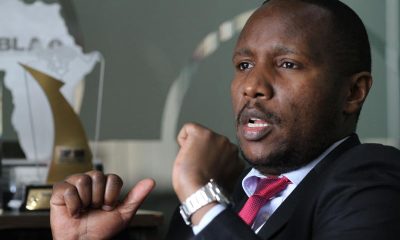
 Investigations1 week ago
Investigations1 week agoFrom Daily Bribes to Billions Frozen: The Jambopay Empire Crumbles as CEO Danson Muchemi’s Scandal-Plagued Past Catches Up
-

 Business1 week ago
Business1 week agoHass Petroleum Empire Faces Collapse as Court Greenlights KSh 1.2 Billion Property Auction
-
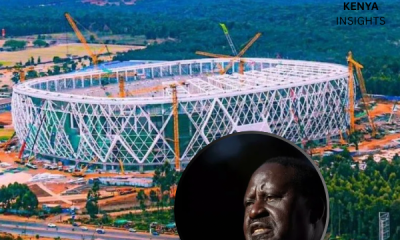
 Investigations5 days ago
Investigations5 days agoDisgraced Kuscco Boss Arnold Munene Moves To Gag Media After Expose Linking Him To Alleged Sh1.7 Billion Fraud
-
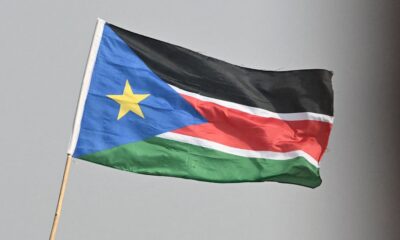
 Africa4 days ago
Africa4 days agoDisgraced Oil Trader Idris Taha Sneaks Into Juba as Empire Crumbles
-

 News1 week ago
News1 week agoShanta Gold’s Sh680 Billion Gold Discovery in Kakamega Becomes A Nightmare For Community With Deaths, Investors Scare

